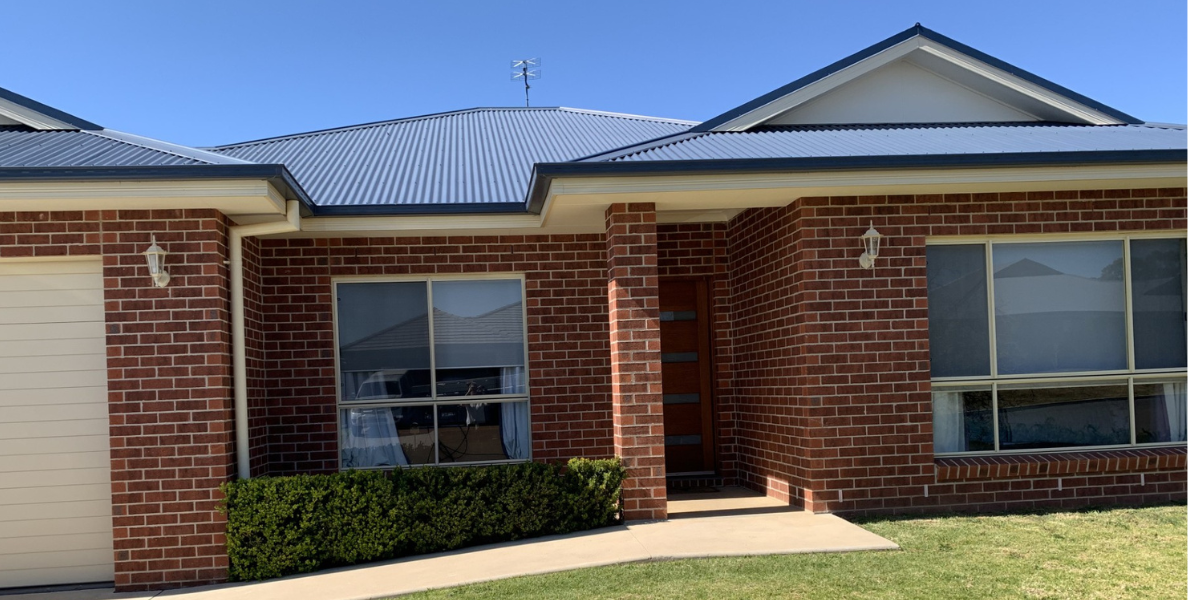Keeping warm this winter could depend on the age of your home.
Australia’s national science agency, the CSIRO, revealed newly built homes were more airtight on Tuesday after testing the air flow in more than 200 apartments and detached houses across five states and territories.
But the research also identified common problems within newer homes, and warned that residences that were too airtight could present different challenges.
The finding comes amid a challenging winter, with record low temperatures in some states, and questions about why Australian homes can feel colder than buildings in other countries.
The CSIRO study tested 233 apartments and houses built in the last four years throughout Sydney, Melbourne, Brisbane, Adelaide and Canberra.
Researchers deployed a blower door test that uses a fan and air pressure gauge to determine a home’s airtightness.
It found newly built homes were up to 50 per cent more airtight than homes tested in 2015, which could significantly reduce residents’ heating and cooling bills.
The findings proved “new Australian homes are performing better than ever before,” CSIRO project lead Michael Ambrose said, even though many still had opportunities to improve.
“Leakages were found in most new homes, mostly from bathroom fans, sliding doors, and poor or missing door seals,” he said.
“Some other homes, particularly apartments, were found to be extremely airtight, which can result in issues impacting building performance and resident health if controlled ventilation is not included.”
Homes without enough air flow are prone to condensation, mould, and issues from higher carbon dioxide and monoxide levels, the study warned.
It recommended changes to improve air flow in new residential buildings, including the introduction of airtightness standards in the National Construction Code, mandating controlled ventilation in apartment buildings, and making air barriers such as building wraps compulsory.
Mr Ambrose said the CSIRO also recommended a home’s airtightness value be shown on National House Energy Rating Scheme certificates so residents could note “the impact on the star rating”.
Australia’s home energy scheme, which gives buildings a star rating out of 10, was introduced in 2004.
New homes must reach an energy rating of seven out of 10 stars, rising from a six-star minimum in 2022.
The National House Energy Rating Scheme recommends builders consider a host of issues to improve household energy efficiency, including well-placed internal doors, ceiling fans throughout homes, and insulation in walls, floors and ceiling cavities.
Something going on in your part of the region you think people should know about? Send us a news tip or email newsdesk@netimes.com.au.


